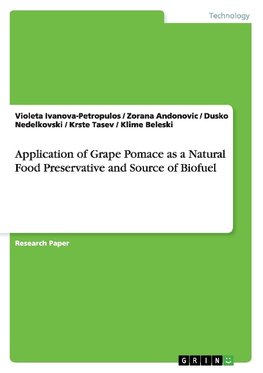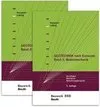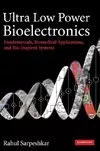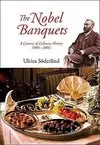
-
 Anglický jazyk
Anglický jazyk
Application of Grape Pomace as a Natural Food Preservative and Source of Biofuel
Autor: Violeta Ivanova-Petropulos
Research Paper (postgraduate) from the year 2014 in the subject Food Technology, grade: 10, , language: English, abstract: The purpose of this study was to introduce a new source of antioxidants obtained from grape pomace as well as aronia and blueberry... Viac o knihe
Na objednávku
25.92 €
bežná cena: 28.80 €
O knihe
Research Paper (postgraduate) from the year 2014 in the subject Food Technology, grade: 10, , language: English, abstract: The purpose of this study was to introduce a new source of antioxidants obtained from grape pomace as well as aronia and blueberry and engages them in preparation of a new yoghurt product in order to be last - longer and more beneficial for human health than the traditional one. Totally, grape pomaces from 4 varieties (Zupjanka, Prokupec, Kadinal and Vranec), as well as blueberry and aronia, were used. For the extraction of polyphenolics, liquid-liquid extraction with ethanol/water/acetic acid was used, followed by roto-evaporation, in order to concentrate the extracts and then to introduce them into the milk. The total phenolic content of the extracts was determined by the Folin-Ciocalteu method and the total anthocyanins were analyzed by dilution of the samples with ethanol/water/HCl, obtaining three different volumes of extracts (10, 50 and 100 mL) of each sample (grape pomaces, blueberry and aronia), obtaining 36 extracts in total. The three different concentrates of each sample (18 in total) were applied on milk together with the lactic bacteria in order to study the influence of polyphenolics during the fermentation; as well as, 18 other extracts applied on milk after the fermentation (into the obtained yoghurt). The pH value of the newly generated yoghurts was analyzed during the fermentation and storage.
The aronia sample presented highest phenolic content (431 mg/L), while Zupjanka had the lowest content of polyphenols (67.9 mg/L). The grape pomace presenting best results was Prokupec (246 mg/L). All yoghurt samples containing polyphenolics applied before the fermentation, presented higher pH value compared to the control and samples with polyphenolics applied after fermentation. Furthermore, all yoghurt samples containing phenolics extract with highest concentration, showed best results, presenting stable pH value. Sensory analysis was performed on the different yoghurt samples, concluding that the new products have creamy texture, good taste, without unpleasant smell or bitterness. The colour of some samples turned into red-violet, excluding the yoghurt with extracts from: Zupjanka and Kardinal. By microbiological analysis the presence of pathogen and other harmful bacterias was proved to be negative, showing that this yoghurt is a main basis for manufacturing of a more beneficial dairy product that could be soon available on the market.
- Vydavateľstvo: GRIN Verlag
- Rok vydania: 2014
- Formát: Paperback
- Rozmer: 210 x 148 mm
- Jazyk: Anglický jazyk
- ISBN: 9783656702283



 Nemecký jazyk
Nemecký jazyk 







